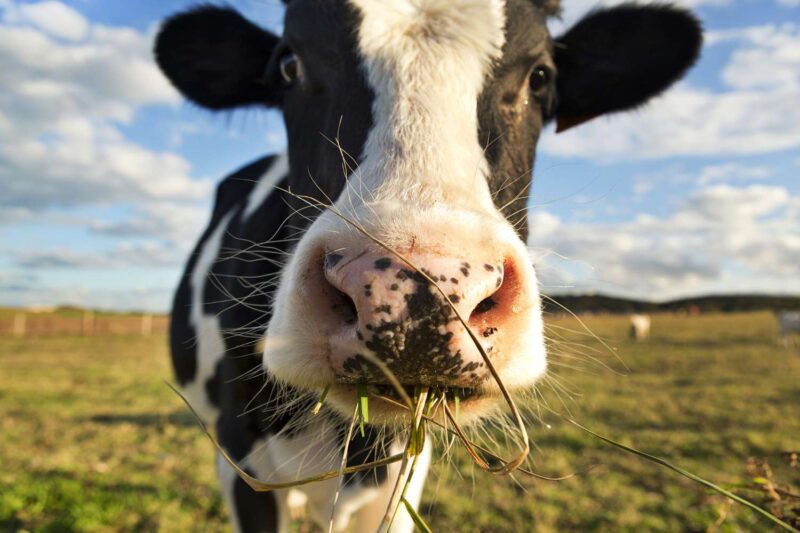Herbivores play a crucial role in our ecosystem, thriving on a diet composed entirely of plants. Unlike carnivores and omnivores, herbivores have developed unique dental structures to efficiently consume various types of vegetation.
In this blog post, we’ll shed light on their adaptations and significance in the animal kingdom. From the sharp incisors used to cut through tough plant stems to the broad molars designed for grinding leaves and fibers, each tooth has a specific role that supports the herbivore lifestyle.
Key Takeaways
- Flat, broad teeth in herbivores maximize the grinding surface area, crucial for efficiently processing large amounts of plant material and breaking down cellulose.
- Herbivore dental anatomy includes enamel, the hard, protective outer layer, and dentin, a softer layer beneath the enamel that provides support and resilience against chewing forces.
- Dental wear and tear is a significant challenge for herbivores due to constant grinding, which can impact their health and efficiency in processing food.
- Tooth replacement mechanisms in herbivores include continuous growth of incisors in rodents and high-crowned molars in horses and elephants, adaptations that ensure longevity and functionality of their teeth.
Types of Herbivores and Their Diets
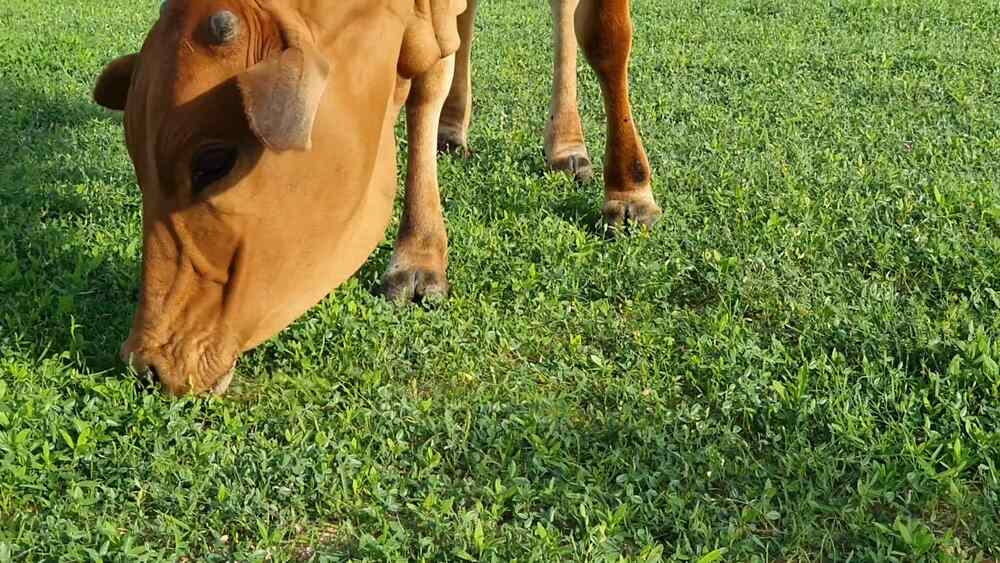
Herbivores not only need teeth to break down plants but also a way to turn these plants into energy to live:
- Grazers: Animals like cows and sheep, feeding on grass. Grazers often have a digestive system specially adapted to process tough, fibrous plant material efficiently. They spend a significant portion of their day eating to meet their nutritional needs due to the low energy content of grass.
- Browsers: Creatures such as deer and giraffes, eat leaves and twigs. Browsers typically have more selective diets, choosing high-nutrient parts of plants. This dietary preference requires them to have more flexible and precise mouth parts for selecting food.
- Granivores: Birds and rodents that consume seeds. These animals play a crucial role in seed dispersal, affecting plant population dynamics. Their teeth are specially adapted to crack open hard seed coats, allowing them to access the nutrient-rich contents inside.
Dental Adaptations for Plant-Based Diets
| Tooth Type | Function | Characteristics |
|---|---|---|
| Incisors | Cutting and biting into plant material. Crucial for the initial breakdown of food, allowing herbivores to efficiently consume a variety of plant parts. | Sharp, chisel-shaped teeth at the front of the mouth. Perfectly aligned to slice through plant material, making them essential tools for herbivores. |
| Premolars and Molars | Crushing and grinding fibrous plant tissues. Vital for breaking down cellulose, making the nutrients in plants more accessible. | Large, flat surfaces with ridges. These ridges help in pulverizing plant material into a pulp, facilitating easier digestion. |
The Importance of Flat, Broad Teeth
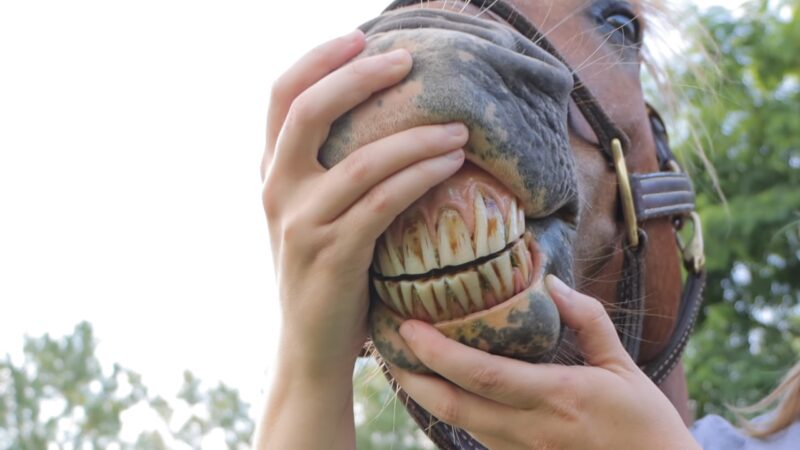
Flat, broad teeth are vital for herbivores because they increase the grinding surface area, making it easier to process large quantities of plant material. This design is especially important for the efficient breakdown of cellulose found in plant cell walls.
Since cellulose is a significant part of a herbivore’s diet and must be converted into simpler sugars for energy, having flat, broad teeth is essential for their survival and health.
Herbivore Dental Anatomy: Enamel and Dentin
1. Enamel
The enamel on a herbivore’s teeth is a hard, protective outer layer, making it the toughest substance in their bodies. It’s specifically engineered to resist the forces exerted during the chewing process.
2. Dentin
Beneath the enamel lies the dentin, a softer, yet sturdy layer that provides the bulk of the tooth and supports its structure. Although it is not as hard as enamel, dentin offers resilience and helps absorb the impact of chewing, which helps prevent tooth fractures.
Dental Wear and Tear in Herbivores
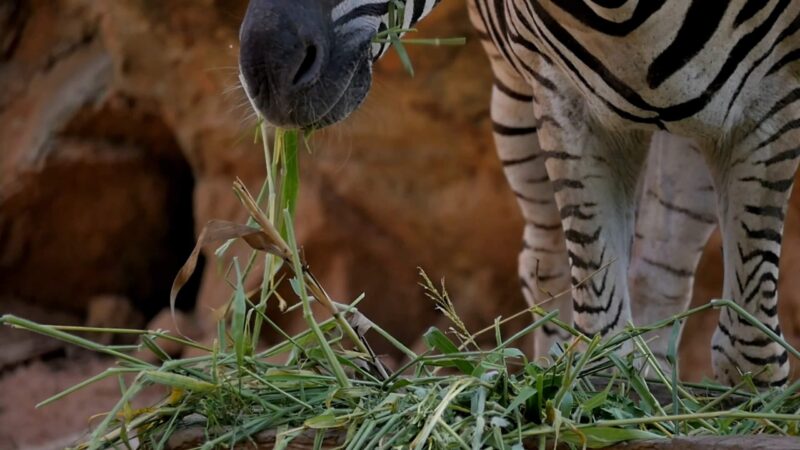
Herbivores face the challenge of tooth wear due to the constant grinding of plant material. This wear and tear can significantly affect their ability to process food, which may impact their overall health. However, nature has equipped some species with the remarkable ability to regrow or regenerate their teeth.
This adaptation ensures their dental tools remain effective throughout their lives, allowing them to continue grinding plant material efficiently.
Herbivore Tooth Replacement Mechanisms
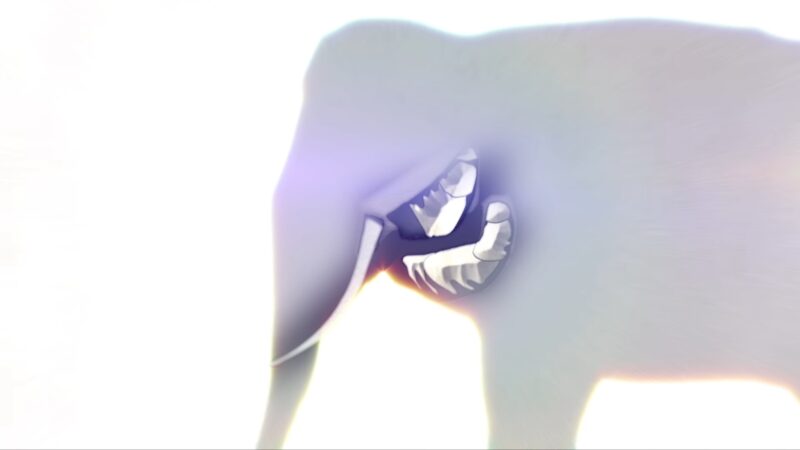
Continuous Growth
Rodents, for instance, have incisors that grow continuously. This feature allows them to maintain sharp edges on their teeth, which is necessary due to their constant use.
High-Crowned Teeth
On the other hand, animals like horses and elephants have high-crowned molars. These teeth are designed to wear down over time but are meant to last the animal’s lifetime, compensating for the gradual wear and tear they experience.
Examples of Herbivores and Their Teeth
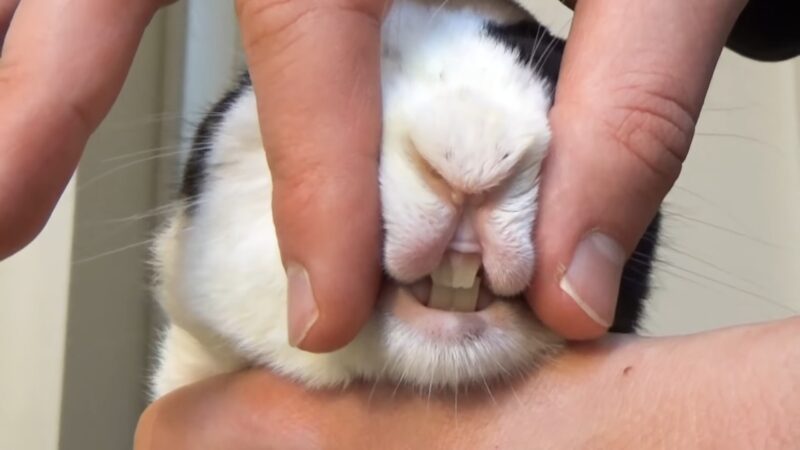
Cows
Cows possess flat molars that are perfect for grinding grass. They frequently chew cud, which involves regurgitating their partially digested food to further break it down, making the nutrients more accessible.
Rabbits
Rabbits have sharp incisors for cutting and molars for grinding. Their incisors grow continuously, which necessitates regular use to prevent them from becoming too long and affecting their ability to eat.
FAQs
How do young herbivores develop their teeth for a plant-based diet?
Young herbivores typically develop their teeth in stages, starting with milk teeth that are later replaced by permanent teeth adapted for their specific diet. This process ensures they have the right dental tools for their dietary needs from an early age.
Can herbivores digest meat if they accidentally consume it?
While herbivores are primarily adapted to digest plant material, most have digestive systems that can handle small amounts of meat accidentally ingested. However, their bodies are not optimized for meat digestion and prolonged meat consumption can cause health issues.
Do all herbivores have the same number of teeth?
No, the number of teeth can vary widely among herbivorous species, depending on their specific dietary requirements and evolutionary adaptations.
Why do some herbivores have gaps between their incisors and molars?
The gap, known as a diastema, allows room for the tongue to manipulate food and is common in animals that need to sort or chew their food extensively, such as horses and cows.
How do herbivores maintain their teeth sharpness?
The continuous growth of certain teeth and the natural grinding action against each other help maintain the sharpness and effectiveness of their teeth over time.
Are there any herbivores with no teeth at all?
Yes, some herbivores, like certain species of birds, do not have teeth. Instead, they use a strong, muscular stomach called a gizzard to grind their food, often swallowing stones to aid in this process.
Summary
The dental structures of herbivores are uniquely adapted to their plant-based diets. These adaptations, from flat, broad teeth for grinding down cellulose to mechanisms for dealing with wear and tear, highlight the efficiency and resilience of these animals in their natural habitats.


